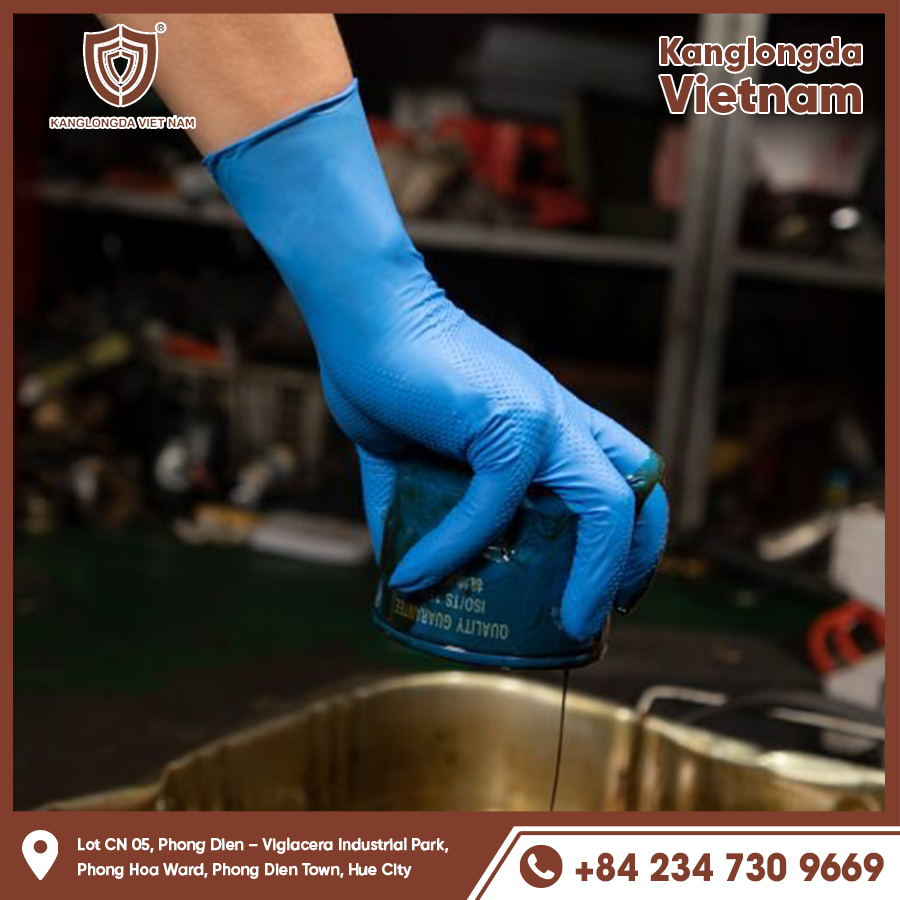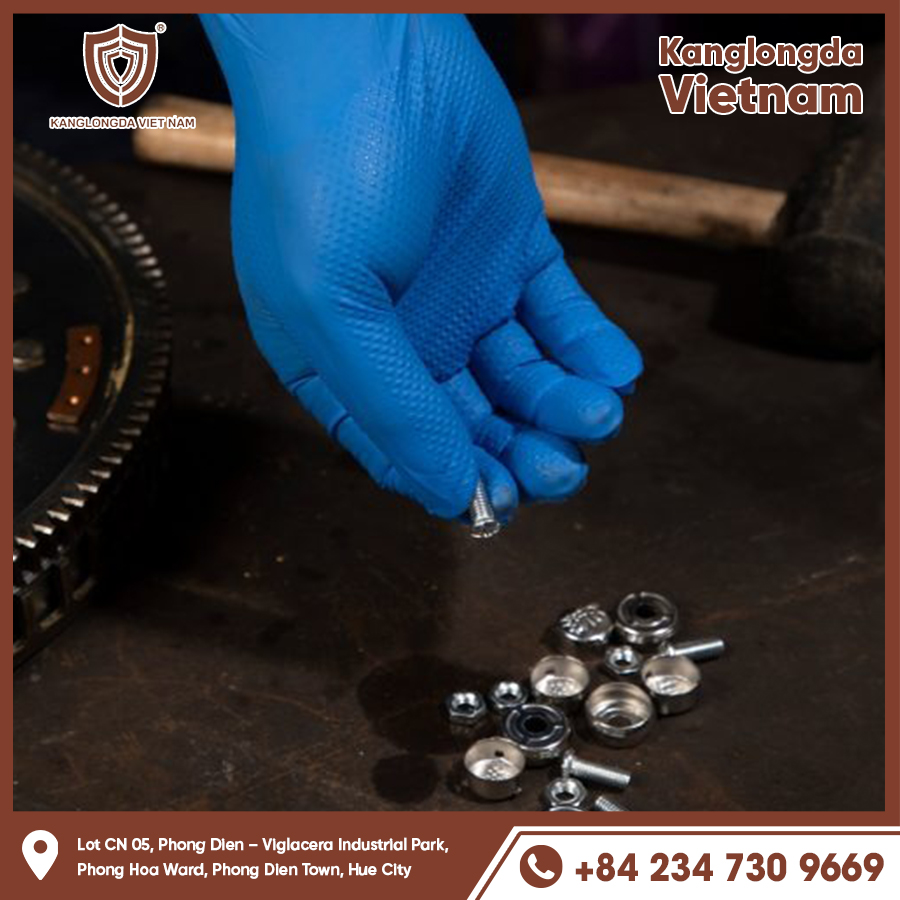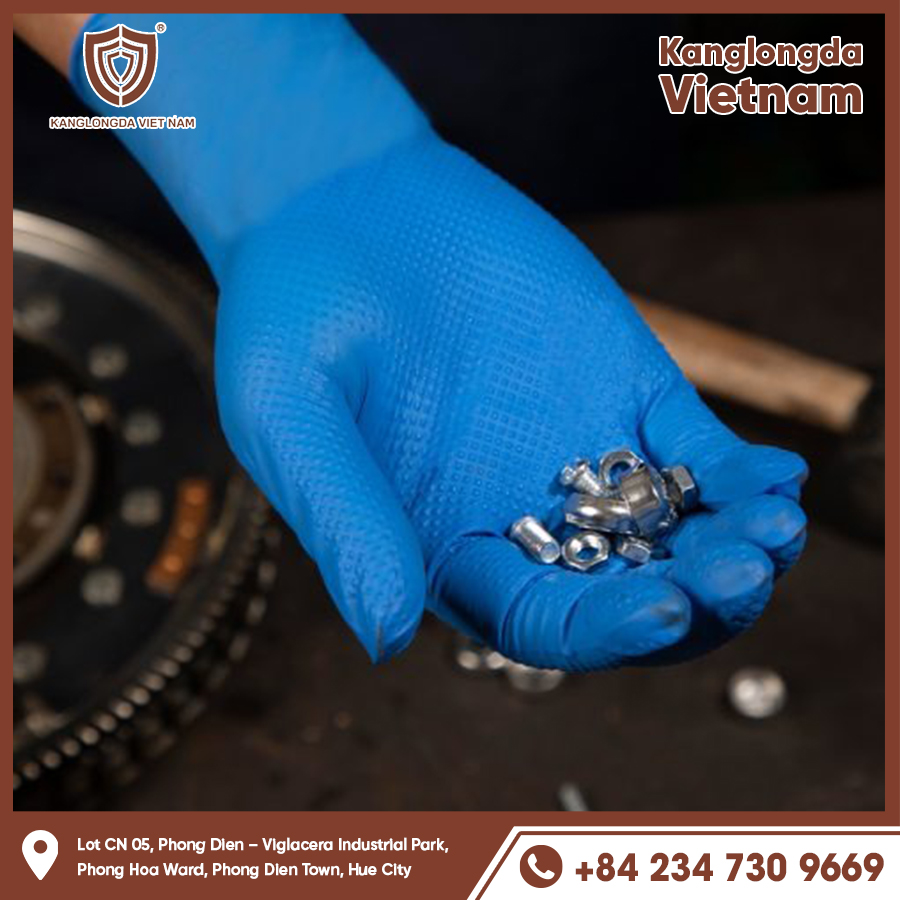Skiing is a thrilling winter sport, but the cold can be brutal—especially on your hands. Women’s ski gloves are specifically designed to provide warmth, waterproofing, and dexterity while accommodating the unique needs of women’s hands. Whether you are an expert skier or a beginner hitting the slopes for the first time, the right gloves can enhance your comfort, protect your skin, and boost your overall performance. This guide dives into everything you need to know about ski gloves for women, including key features, different types, tips on choosing the perfect pair, maintenance advice, and styling suggestions to help you look and feel your best in the snow.

Key Features of Women’s Ski Gloves
Insulation and Warmth Technologies
Warmth is the number one priority for ski gloves, especially in cold mountain environments. Women’s ski gloves use various advanced insulation materials to keep fingers cozy without adding unnecessary bulk. Common insulators include Thinsulate, PrimaLoft, and synthetic down alternatives. These materials trap warm air close to your skin while remaining lightweight, which preserves your ability to grip ski poles and manipulate zippers or phone screens. Some gloves also use natural down insulation, prized for its high warmth-to-weight ratio but less common due to moisture sensitivity.
Waterproof and Breathable Membranes
Snow and slush can quickly soak through low-quality gloves, leaving hands cold and wet. To prevent this, quality women’s ski gloves include waterproof membranes such as Gore-Tex or proprietary fabrics designed to keep moisture out while allowing perspiration to escape. This breathability reduces sweat buildup inside the glove, preventing clammy discomfort and frostbite risk. A good waterproof membrane works alongside durable outer materials like nylon or leather to keep the elements at bay.
Fit and Dexterity Considerations
Women’s gloves are tailored with smaller hand proportions in mind, featuring narrower palms and shorter fingers compared to men’s models. This specialized fit reduces excess space inside the glove, improving heat retention and control. The gloves also incorporate flexible materials and pre-curved finger designs that mimic the natural hand shape. This ergonomic construction enhances dexterity, allowing skiers to perform tasks requiring fine motor skills, such as adjusting goggles, handling ski equipment, or even using smartphones without removing their gloves.
Types of Ski Gloves for Women
Mittens vs. Gloves: Which is Better?
When choosing ski handwear, one major decision is between mittens and gloves. Mittens group fingers together, maximizing warmth by sharing body heat. This design makes mittens an excellent choice for extremely cold or windy days. However, mittens limit finger movement, which can be inconvenient for precise tasks. Gloves separate each finger, providing greater dexterity and grip, which is essential for many skiers. Women who value finger mobility often choose gloves, while those prioritizing warmth might prefer mittens or hybrid models with removable liners.
Insulated Ski Gloves
Insulated gloves are the most popular type, providing a balance of warmth, protection, and flexibility. These gloves feature synthetic or down insulation inside a waterproof shell. The insulation thickness varies by model, allowing skiers to select lighter gloves for milder weather or heavily insulated versions for freezing temperatures. Insulated gloves usually include reinforced palms and fingertips made from leather or durable synthetic materials, ensuring longevity even with aggressive use on icy slopes.
Heated Ski Gloves
For those skiing in extremely cold conditions or prone to cold-sensitive hands, heated ski gloves are a game-changer. These gloves incorporate battery-powered heating elements that provide adjustable warmth at the touch of a button. Some models offer multiple heat settings and rechargeable batteries designed to last an entire day on the mountain. While heavier and more expensive than traditional gloves, heated gloves offer unparalleled comfort in frigid environments, making them a worthwhile investment for serious winter sports enthusiasts.

How to Choose the Perfect Ski Gloves for Women
Assessing Your Skiing Environment
Your choice of gloves should be tailored to the climate and conditions you expect. Skiers in wet or snowy regions need gloves with superior waterproofing and insulation. Those in drier, cold environments may prefer gloves with higher breathability and lighter insulation. Also, consider the wind factor; gloves with windproof shells will protect against chilling gusts at high altitudes.
Material Preferences and Durability
Gloves come in a range of outer materials including leather, nylon, polyester, and synthetic blends. Leather offers superior abrasion resistance and grip but may require more maintenance. Synthetic fabrics tend to be lighter and more affordable, with excellent waterproof qualities. Look for gloves with reinforced areas on the palm and fingers to withstand ski pole friction and reduce wear. Durable gloves maintain their fit and protective qualities longer, making them a better long-term choice.
Sizing and Fit Tips
Proper sizing is essential for warmth and performance. Measure the circumference of your dominant hand’s palm (excluding the thumb) and the length from the base of the palm to the tip of the middle finger. Compare these measurements to the manufacturer’s sizing chart. Gloves that are too tight can restrict blood flow, causing cold hands, while oversized gloves reduce dexterity and let cold air in. When trying on gloves, ensure you can comfortably curl your fingers and grip objects without excess looseness.
Caring for Your Women’s Ski Gloves
Cleaning Instructions for Longevity
To keep gloves in top shape, regular cleaning is necessary. Most gloves recommend hand washing with cool water and mild detergent or using gentle machine cycles. Avoid bleach, fabric softeners, and harsh chemicals that can damage waterproof coatings and insulation. After washing, rinse thoroughly to remove detergent residues that could affect glove performance.
Drying and Storage Best Practices
Never use direct heat sources like radiators or hair dryers to dry gloves, as high heat can cause materials to shrink or degrade. Instead, air dry gloves flat in a well-ventilated area. Stuff the fingers and palms with paper towels or cloth to help gloves keep their shape and absorb moisture. Store gloves in a cool, dry place out of direct sunlight when not in use. Avoid storing damp gloves to prevent mildew and odors.
Repairing Common Glove Issues
Minor repairs can extend the life of your gloves significantly. Small tears or holes can be patched with fabric repair kits or adhesive patches. Broken zippers can sometimes be replaced by a professional, while worn palm grips might be revitalized with specialized leather conditioners or reinforced with new patches. Timely repairs prevent minor issues from becoming costly replacements.
Styling Women’s Ski Gloves on and off the Slopes
Matching Gloves with Ski Jackets and Pants
Coordinating your gloves with your ski jacket and pants creates a stylish, polished look on the slopes. Neutral colors like black, white, grey, and navy offer versatility, while vibrant hues such as red, pink, or turquoise add personality and make you easy to spot in crowded ski areas. Some brands even offer matching glove and jacket sets for a seamless appearance.
Accessorizing with Hats and Neck Warmers
Complete your winter ensemble by pairing gloves with matching hats, beanies, or neck gaiters. Materials like fleece, wool, or synthetic blends add extra insulation and style. Coordinated accessories not only enhance your look but also provide comprehensive protection against cold and wind.
Transitioning Gloves for Everyday Winter Wear
Many women prefer ski gloves that can double as everyday winter gloves. Sleek designs with moderate insulation work well for walking, commuting, or running errands in cold weather. Choosing gloves with touchscreen-compatible fingertips adds convenience without sacrificing warmth, making your gloves versatile beyond the slopes.

Choosing the right ski gloves for women involves balancing warmth, waterproofing, dexterity, and style. Whether you prefer mittens for maximum warmth or gloves for greater finger movement, the perfect pair will keep your hands comfortable and protected in all winter conditions. Paying attention to fit, materials, and care extends the life of your gloves, ensuring you stay warm season after season. By thoughtfully selecting and maintaining your gloves, you can fully enjoy your skiing adventures while looking fabulous on and off the mountain.






